DIY Teeth Whitening: What Works and What Doesn’t
- 1. Understanding DIY Teeth Whitening
- 2. Top Effective Teeth Whitening Methods
- 3. Common DIY Teeth Whitening Mistakes to Avoid
- 4. Best Teeth Whitening Products to Use at Home
- 5. When to Seek Professional Teeth Whitening Help
1. Understanding DIY Teeth Whitening
DIY teeth whitening has become increasingly popular as people look for ways to brighten their smiles without the expense of professional treatments. The idea of whitening your teeth at home is appealing because it’s cost-effective and can be done at your convenience. However, not all DIY methods are effective, and some can even harm your teeth and gums if used incorrectly.
Before diving into any DIY teeth whitening method, it's important to understand how teeth discoloration happens and what contributes to it. Factors like coffee, tea, tobacco, aging, and certain foods can all cause your teeth to lose their natural whiteness. Understanding the causes of staining will help you select the right method to target those specific issues.
2. Top Effective Teeth Whitening Methods
There are several DIY teeth whitening methods that have shown to be effective in brightening teeth. Here are some of the top approaches:
- Whitening Toothpaste: One of the easiest and safest ways to whiten teeth is by using a whitening toothpaste. These toothpastes contain mild abrasives and chemical agents that help remove surface stains.
- Baking Soda and Hydrogen Peroxide Paste: A popular home remedy is mixing baking soda with hydrogen peroxide to create a paste. The abrasive nature of baking soda can help scrub away surface stains, while hydrogen peroxide acts as a mild bleach.
- Activated Charcoal: Some people use activated charcoal as a DIY teeth whitening treatment. The charcoal binds to and removes surface stains, but it’s important to use it sparingly as its abrasiveness could potentially damage enamel if overused.
- Oil Pulling with Coconut Oil: Though not a bleaching agent, oil pulling is a traditional method that some believe helps to remove stains and promote overall oral health. Swishing coconut oil in your mouth for 10-15 minutes a day may help reduce plaque buildup and lead to a brighter smile.
These methods can help lighten teeth over time, but results may vary depending on the individual and the severity of staining. It’s also important to remember that consistency is key when using DIY treatments.
3. Common DIY Teeth Whitening Mistakes to Avoid
While DIY teeth whitening methods can be effective, many people make mistakes that can harm their oral health. Here are some common pitfalls to avoid:
- Overuse of Whitening Products: Many DIY whitening methods require patience. Overusing them can lead to tooth sensitivity, gum irritation, and even enamel damage. Stick to the recommended usage and take breaks between treatments.
- Using Abrasive Materials: DIY methods that use overly abrasive materials like baking soda or charcoal can scrub away enamel over time, leading to thinner teeth and increased sensitivity.
- Ignoring Oral Hygiene: Whitening treatments work best when combined with good oral hygiene. Make sure to brush and floss regularly to keep your teeth clean and free from plaque buildup, which can undermine the effectiveness of whitening treatments.
- Relying Too Much on Home Remedies: Some home remedies, like lemon juice, can be too acidic and may erode enamel. Avoid using overly harsh substances without understanding their effects on tooth enamel.
By being aware of these mistakes, you can ensure that your DIY teeth whitening efforts are both safe and effective.
4. Best Teeth Whitening Products to Use at Home
If you prefer a more reliable DIY approach, there are several over-the-counter products specifically designed for teeth whitening. These products are formulated with stronger ingredients that offer faster and more noticeable results:
- Whitening Strips: Whitening strips are an affordable and convenient option for home teeth whitening. They typically contain hydrogen peroxide or carbamide peroxide, which help break down surface stains.
- Whitening Gels and Trays: These products come with a gel that you apply to custom trays that fit over your teeth. They provide more comprehensive coverage and often yield faster results.
- Teeth Whitening Pens: Whitening pens are small, portable, and easy to use. You simply apply the gel directly to your teeth, and it works similarly to whitening strips but with greater precision.
While these products can offer noticeable results, it’s important to follow the instructions carefully to avoid overuse or damage to your teeth and gums.
5. When to Seek Professional Teeth Whitening Help
While DIY methods can be effective for surface stains, they may not be enough for deep or stubborn discoloration. If you’ve tried home treatments without success, it may be time to seek professional help. A dentist can provide treatments like in-office bleaching or customized take-home whitening kits that offer more dramatic results.
Additionally, professional whitening is recommended if you have sensitive teeth, gum issues, or significant discoloration. Dentists can ensure that whitening is done safely, without causing damage to your teeth or gums.
If you’re looking for safe and effective professional whitening treatments, check out Dentistry Toothtruth for expert advice and recommendations.

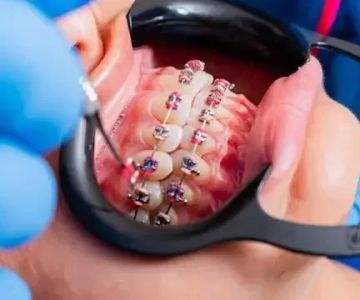
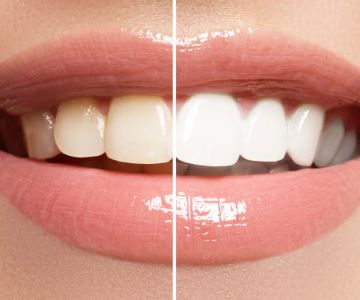
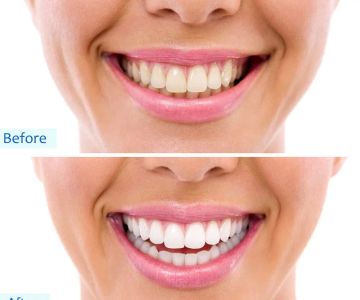
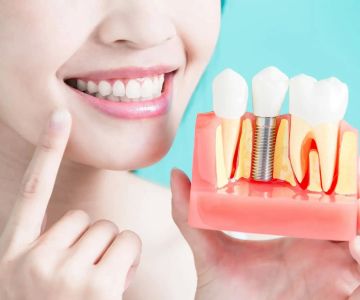
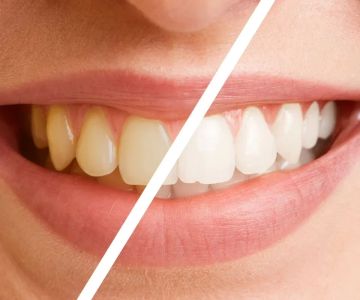

 Surprise Dental & Denture
Surprise Dental & Denture Monterey Hills Dental
Monterey Hills Dental Southside Community Health Services
Southside Community Health Services Renovo Endodontic Studio
Renovo Endodontic Studio Cleary Dental Family & Cosmetic Dentistry
Cleary Dental Family & Cosmetic Dentistry Gregg W Jepson DMD
Gregg W Jepson DMD The Importance of Oral Health Education During Pregnancy for a Healthy Pregnancy
The Importance of Oral Health Education During Pregnancy for a Healthy Pregnancy Why Skipping Dental Checkups Can Lead to Bigger Oral Health Problems
Why Skipping Dental Checkups Can Lead to Bigger Oral Health Problems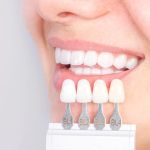 Advantages of Porcelain Dental Restorations
Advantages of Porcelain Dental Restorations Best Tips for Brushing Your Teeth Properly for Healthy Gums: Essential Techniques for Oral Health
Best Tips for Brushing Your Teeth Properly for Healthy Gums: Essential Techniques for Oral Health How Can Diabetes Cause Tooth and Gum Problems? Preventing and Managing Oral Health Issues
How Can Diabetes Cause Tooth and Gum Problems? Preventing and Managing Oral Health Issues Healthy Habits for Promoting Good Oral Health and Hygiene: Tips for a Healthy Smile
Healthy Habits for Promoting Good Oral Health and Hygiene: Tips for a Healthy Smile